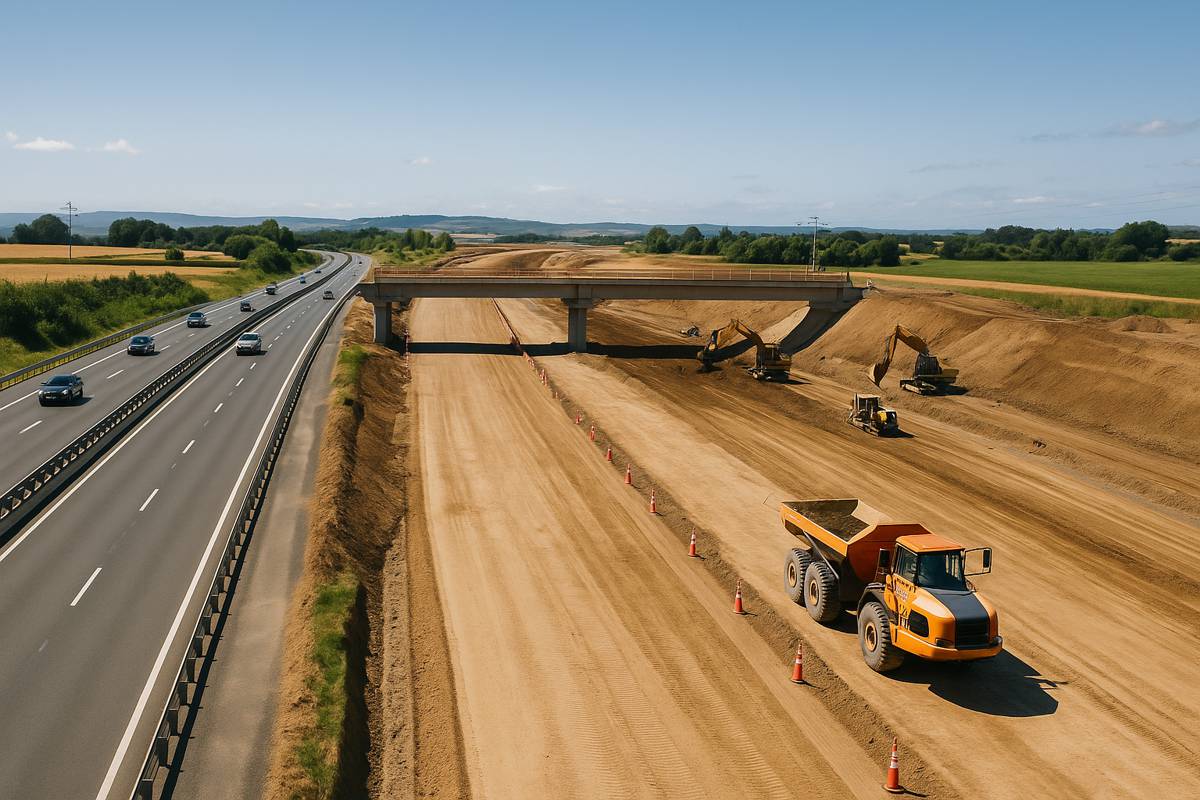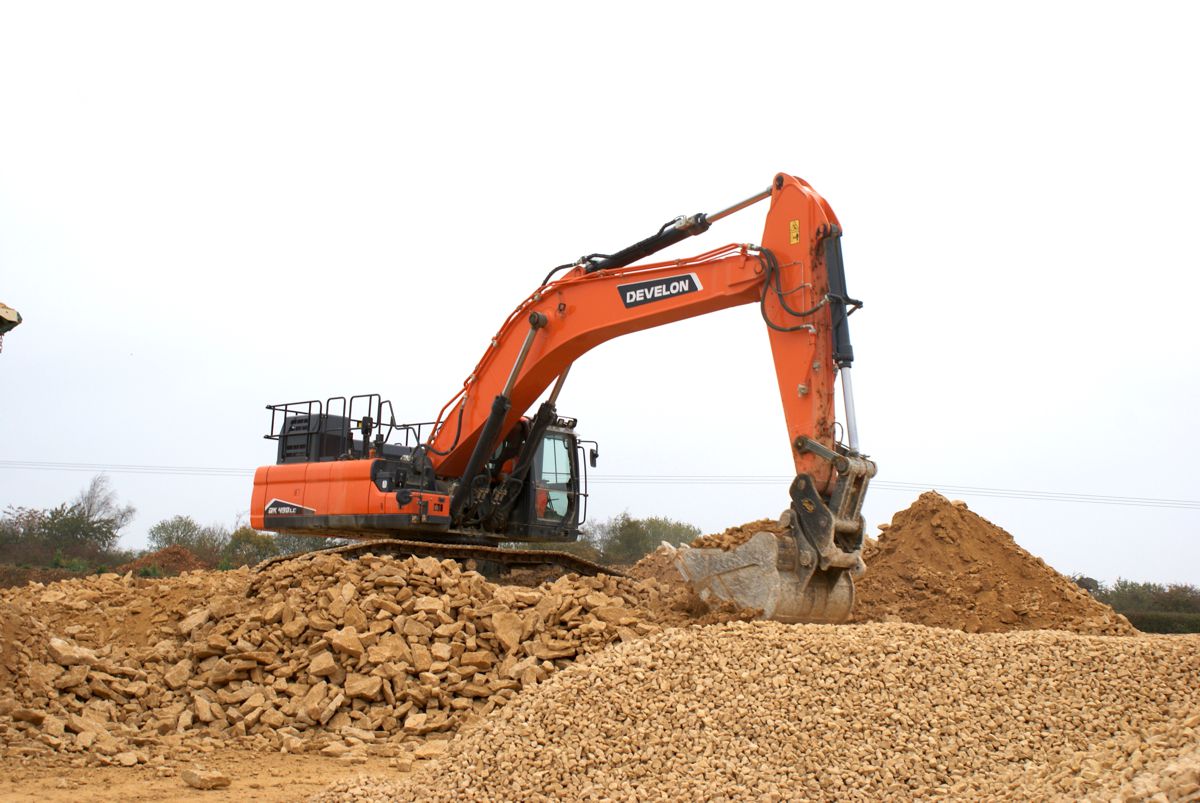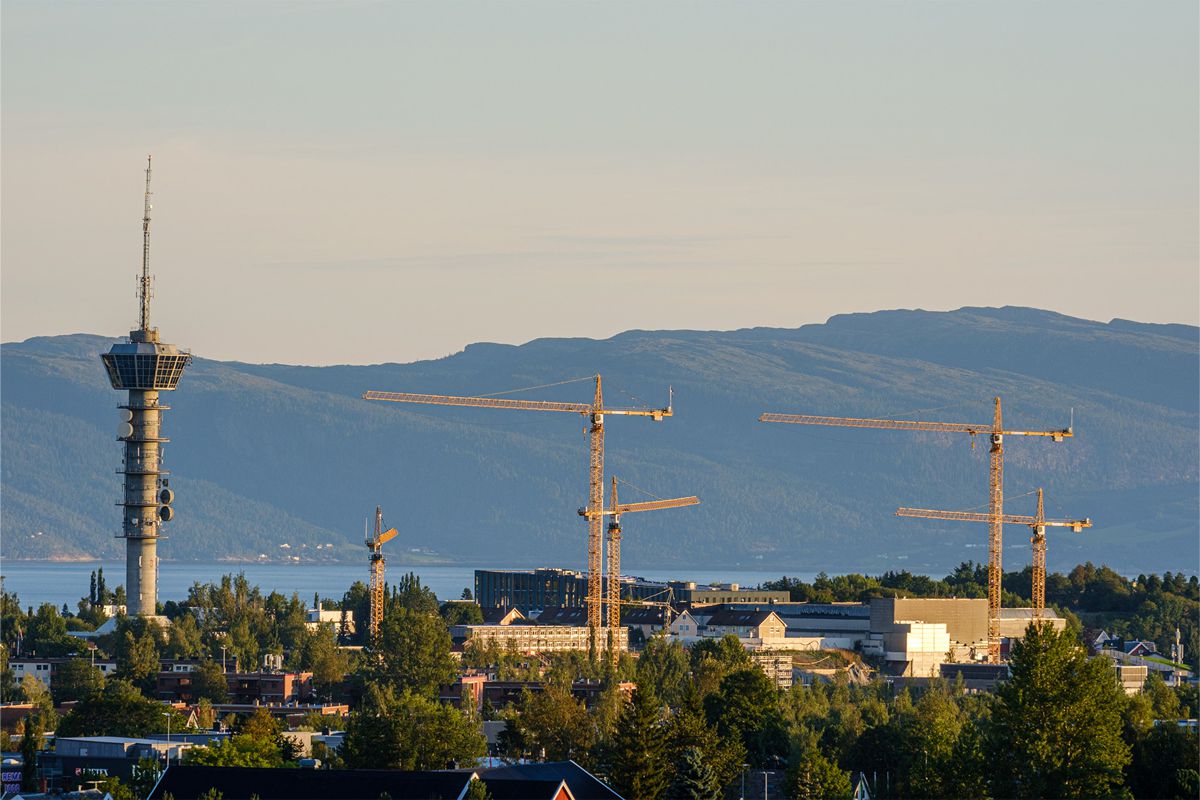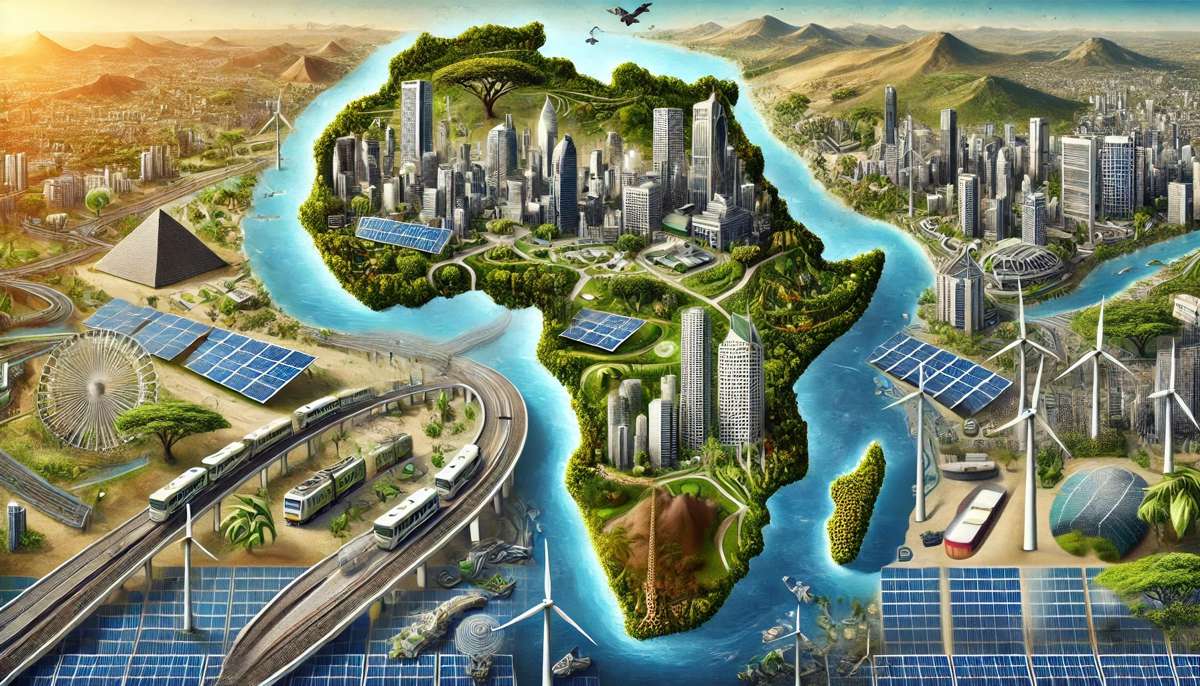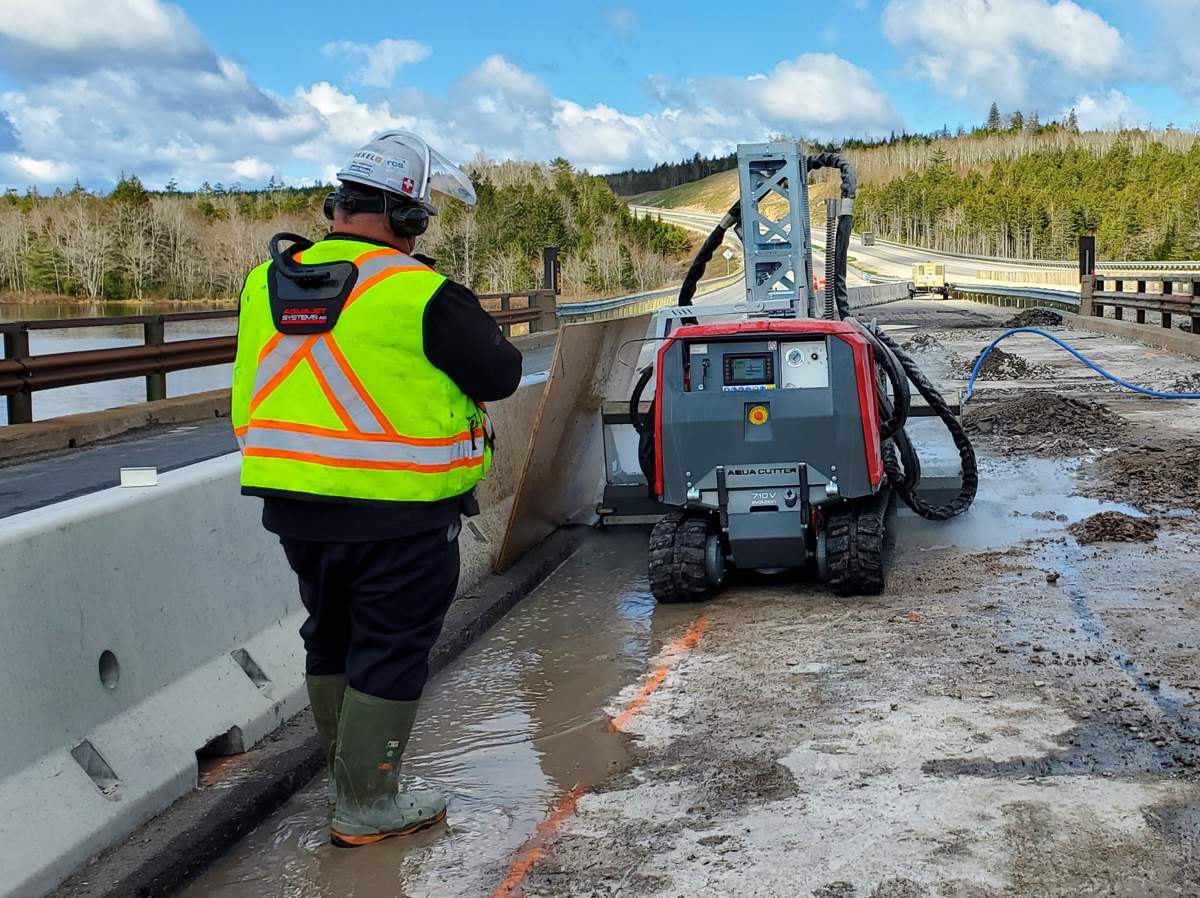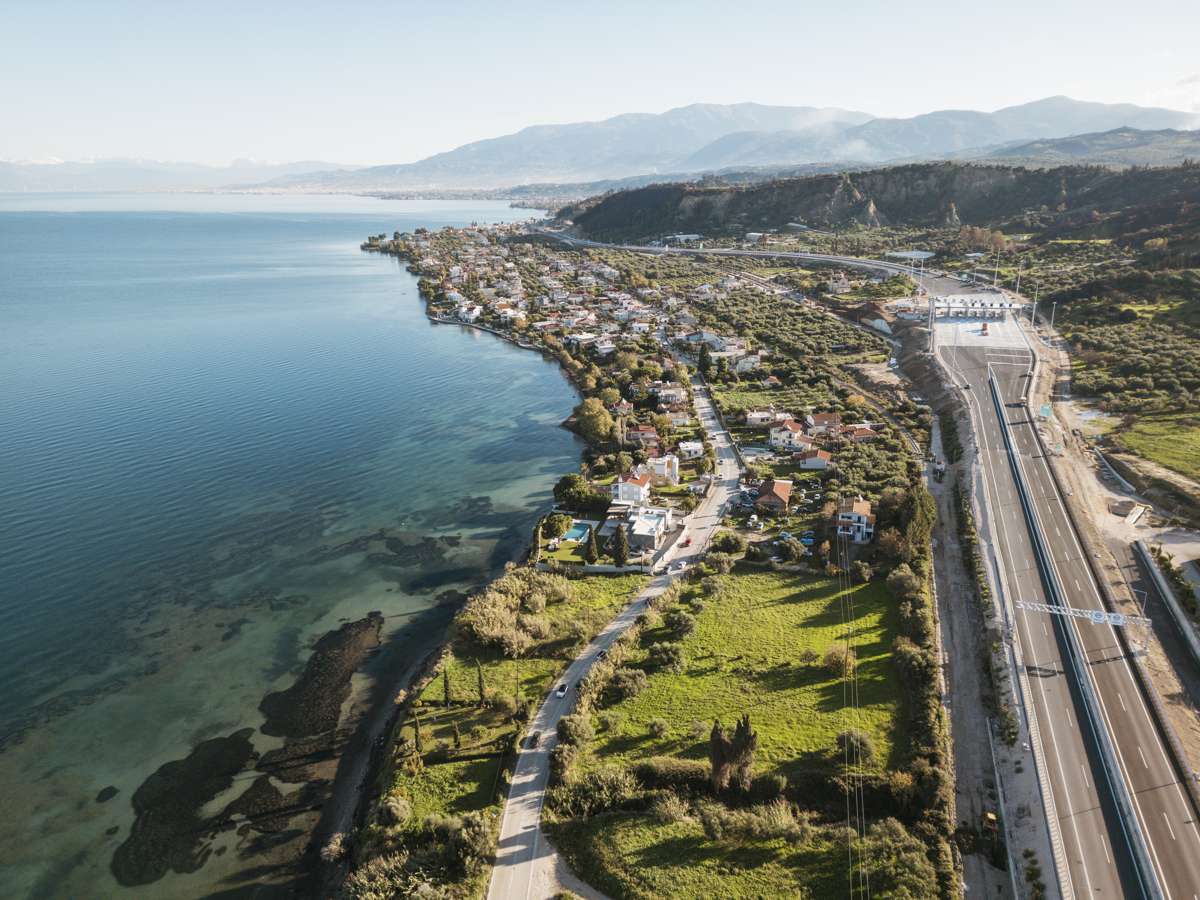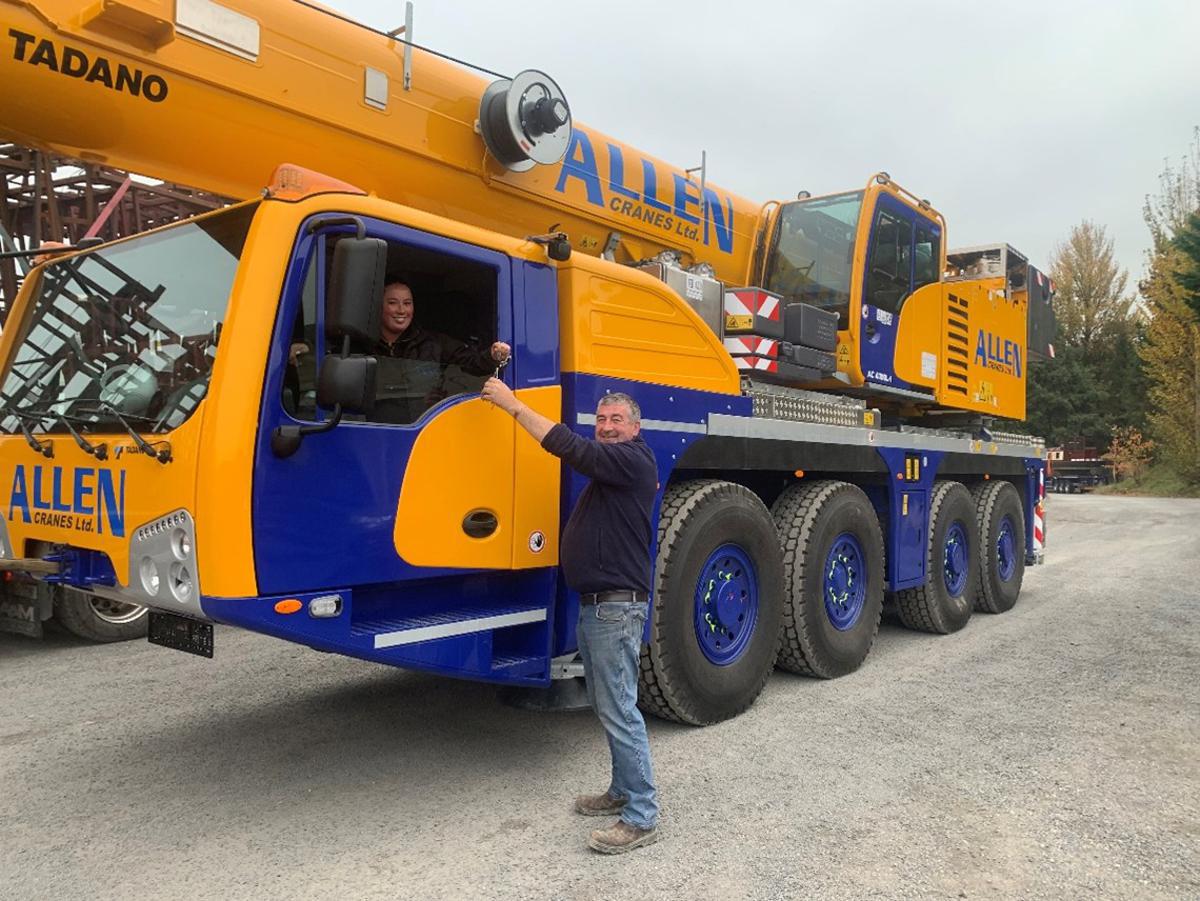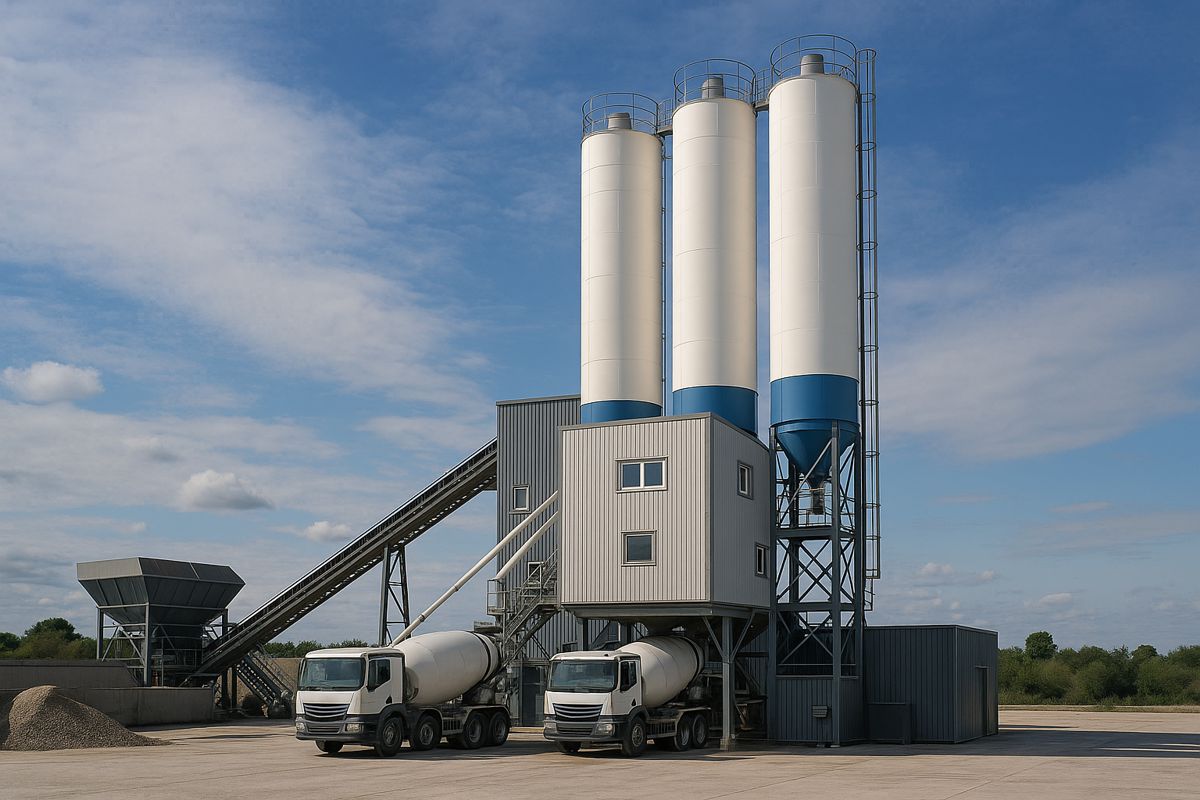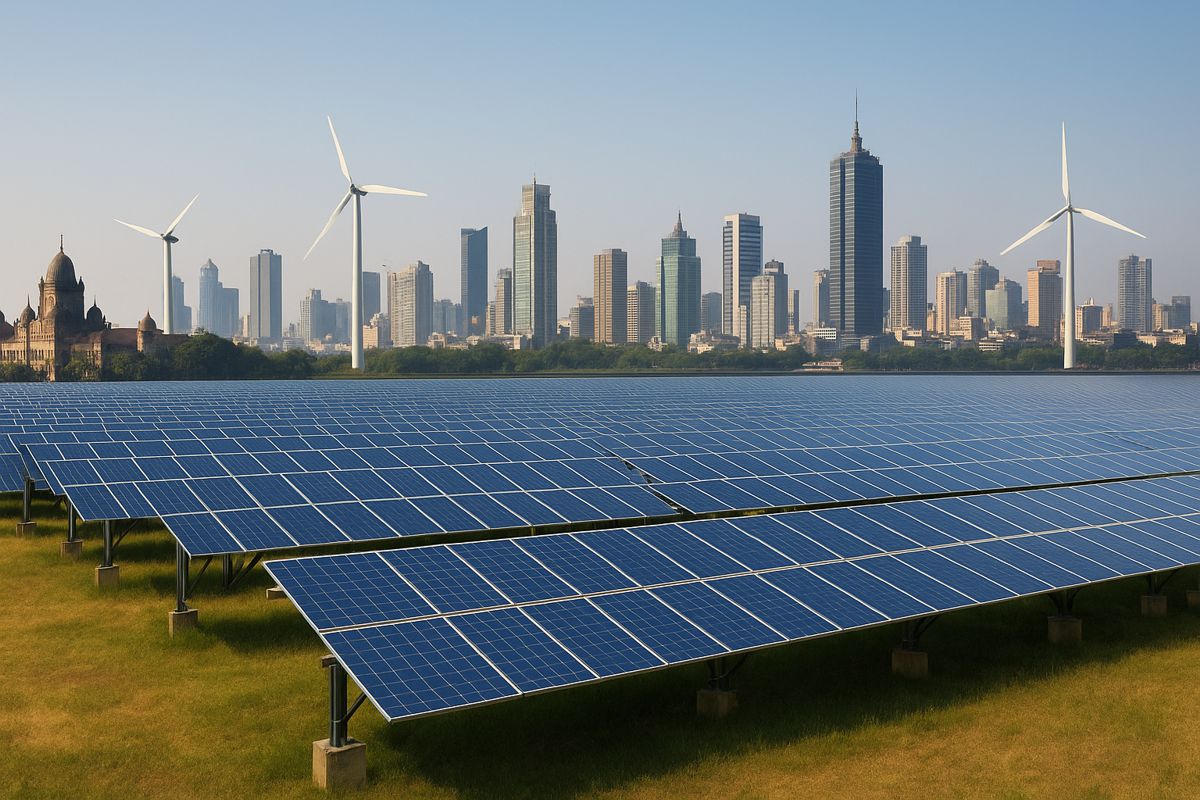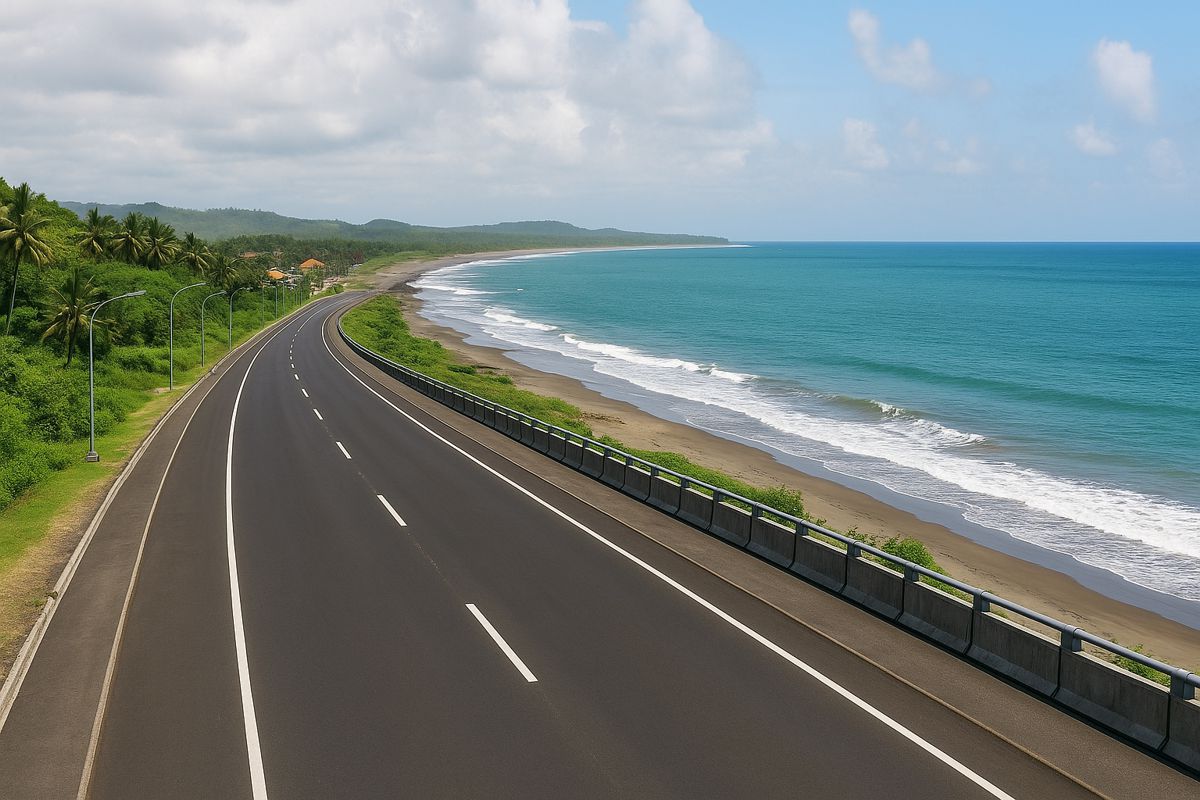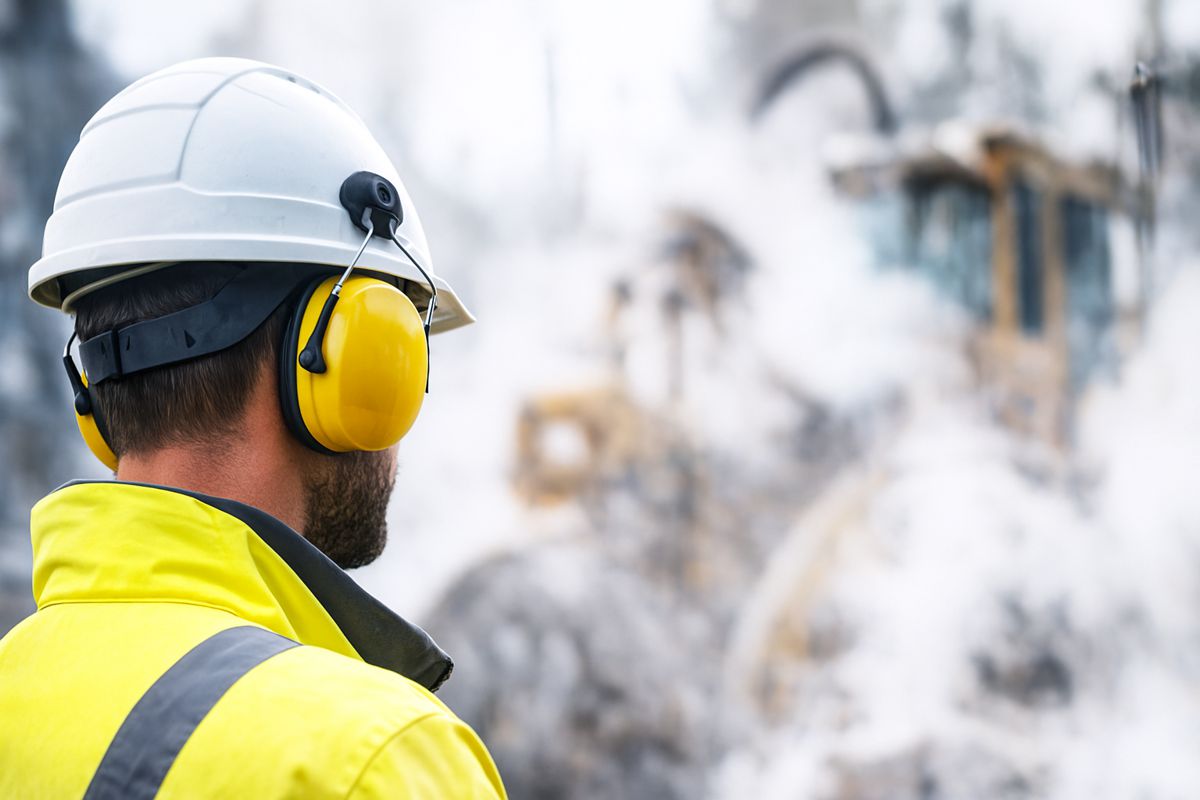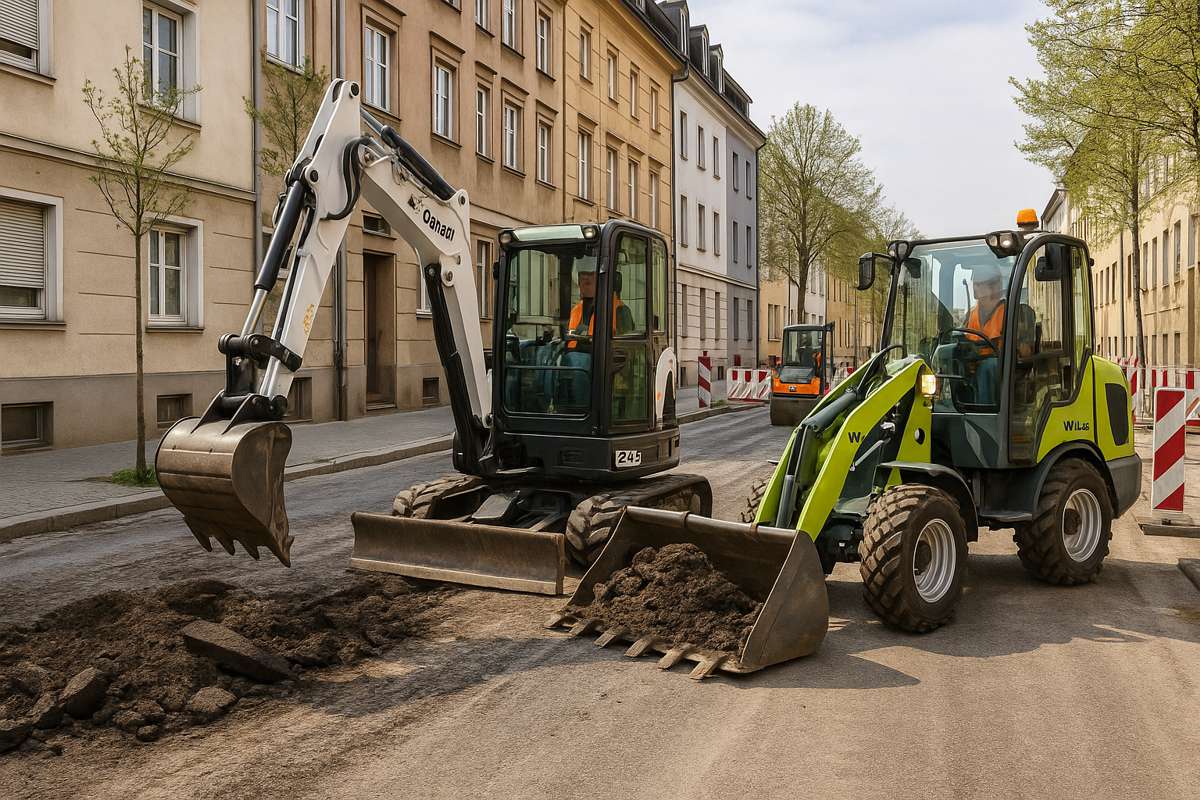VINCI to Build Key Highway Link in New Zealand’s North Island
In a major boost to New Zealand’s infrastructure ambitions, VINCI Construction’s local subsidiary, HEB Construction, has secured a landmark contract as part of a consortium with Fulton Hogan, WSP, and Aurecon.
Commissioned by NZ Transport Agency Waka Kotahi, the team will design and build a 12-kilometre section of the new State Highway 1 (SH1) between Ōtaki and Levin, a critical piece of the Wellington Northern Corridor. Valued at approximately €120 million (NZD 237 million), this ambitious project aims to reshape regional transport, improve travel times, and enhance safety along one of the North Island’s busiest routes.
A Safer, Faster, and More Sustainable Highway
The Ōtaki to North of Levin (Ō2NL) project will create a modern four-lane highway linking two key North Island towns while diverting heavy freight away from community centres. Once completed, the route will dramatically cut congestion and travel times while introducing safer and more efficient transport options.
Beyond its road infrastructure, the design includes a shared pathway for cyclists and pedestrians, reflecting New Zealand’s commitment to inclusive, multi-modal transport. This addition is part of a broader national strategy to encourage sustainable mobility and improve road safety across the Wellington region.
According to Waka Kotahi, the project is expected to “provide safer, more resilient and reliable journeys along one of the country’s most critical routes.” Construction is set to begin in the final quarter of 2025, with completion anticipated by the end of 2029.
Engineering Innovation at the Heart of the Project
The scale of the Ō2NL section is nothing short of impressive. The works will involve moving around 1.8 million cubic metres of earth and constructing 37 major culverts. Engineers will also build five single-span bridges and a striking 200-metre-long structure crossing the Ōhau River.
A standout feature of the project will be the use of pre-stressed concrete Super-Hi girders, a proprietary innovation from HEB Construction. These girders, designed for longer spans, are engineered to offer superior durability and efficiency, a testament to VINCI’s ongoing commitment to research-driven engineering excellence.
By leveraging these advanced materials, the project not only enhances performance and longevity but also minimises future maintenance demands. Such innovations ensure that the new highway will remain a robust, cost-effective asset for decades.
Strengthening Regional Growth and Economic Resilience
The Ō2NL highway development forms part of the broader Wellington Northern Corridor, a long-term national initiative to modernise road transport along the spine of the lower North Island. Once complete, the corridor will improve access between Wellington, Kāpiti, and Manawatū, stimulating regional economic growth.
By easing freight movement and improving connectivity, the project will open new opportunities for local industries, businesses, and tourism. For rural communities, it will mean improved access to essential services and safer travel options for residents. Local suppliers and subcontractors are also expected to benefit from new contracts during construction, bolstering employment and skill development across the region.
The New Zealand government has highlighted the project’s alignment with its transport resilience goals, especially given the region’s vulnerability to extreme weather events and climate impacts. Strengthened infrastructure will ensure vital connections remain open even during emergencies.
Sustainability at the Core
Sustainability sits at the heart of VINCI’s global strategy, and the Ō2NL project will be no exception. The consortium is set to adopt environmentally responsible construction practices, focusing on reducing carbon emissions, protecting biodiversity, and managing resources efficiently.
VINCI’s spokesperson noted: “We believe in all-round performance, going beyond economic results to ensure our operations are socially and environmentally responsible.” This philosophy aligns with New Zealand’s broader environmental objectives, which include decarbonising transport and promoting greener construction practices.
Efforts will include careful management of stormwater runoff, soil reuse strategies, and erosion control systems designed to protect local ecosystems. The project’s design also considers long-term resilience, ensuring that the infrastructure can withstand the challenges of climate change while delivering ongoing value to communities.
Collaboration Across Borders
The partnership between HEB Construction, Fulton Hogan, WSP, and Aurecon showcases the power of collaboration between global and local expertise. Each company brings unique strengths to the table:
- HEB Construction (VINCI Construction subsidiary): Brings world-class design-build capability and innovative construction methods.
- Fulton Hogan: Offers deep local experience in New Zealand’s transport infrastructure sector.
- WSP and Aurecon: Provide engineering design and environmental consultancy expertise.
Together, the consortium represents a powerful alignment of technical skill, regional knowledge, and sustainable vision.
VINCI’s Global Footprint in Infrastructure Excellence
With 285,000 employees across more than 120 countries, VINCI has a long-standing reputation for delivering large-scale infrastructure projects that transform mobility and improve quality of life. The company’s portfolio spans road and rail networks, energy systems, and major public works across Europe, Asia-Pacific, and the Americas.
VINCI’s business model integrates design, financing, construction, and operation, ensuring efficiency and long-term value creation. Its philosophy of engaging local communities and stakeholders underscores a commitment to shared progress.
In recent years, VINCI Construction has expanded its presence across the Asia-Pacific region, with projects in Australia, New Zealand, and Southeast Asia demonstrating a growing role in shaping sustainable infrastructure for the future.
Driving Long-Term Value for Communities
The Ō2NL project goes far beyond asphalt and concrete, it represents a vision for safer, greener, and more efficient transport. By prioritising innovation, environmental stewardship, and local collaboration, VINCI and its partners are laying the foundation for a more connected New Zealand.
Once complete, the new SH1 section will not only serve as a transport artery but as a symbol of forward-thinking infrastructure that balances progress with sustainability. It’s a significant stride toward realising New Zealand’s goal of a future-ready, low-carbon transport network.
Paving the Way for Tomorrow’s Journeys
As earthworks begin in 2025, the Ōtaki to Levin corridor will become a showcase of modern engineering and environmental responsibility. With VINCI’s expertise driving the project, communities across the North Island can look forward to safer journeys, faster travel, and a stronger, more sustainable connection between regions.
In many ways, this project embodies the spirit of modern infrastructure: smart, resilient, and built for the generations to come.
